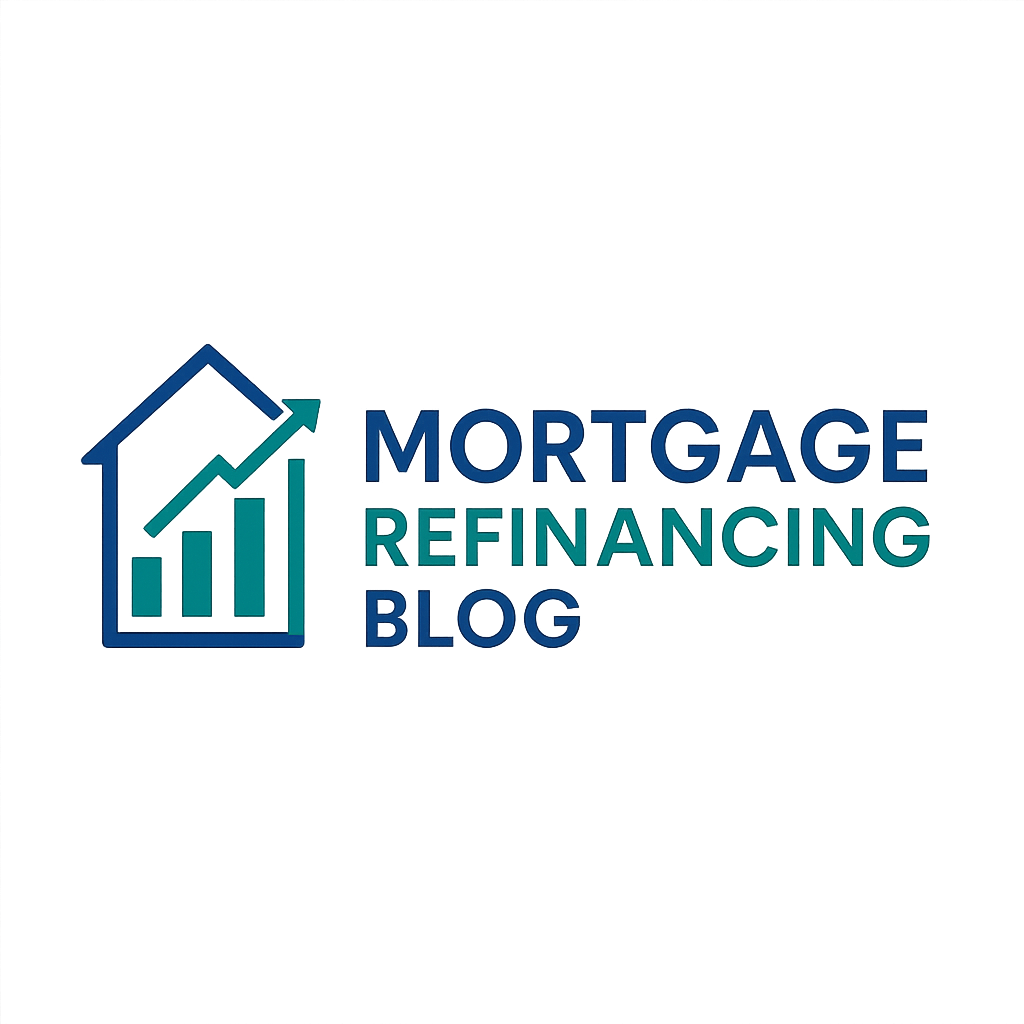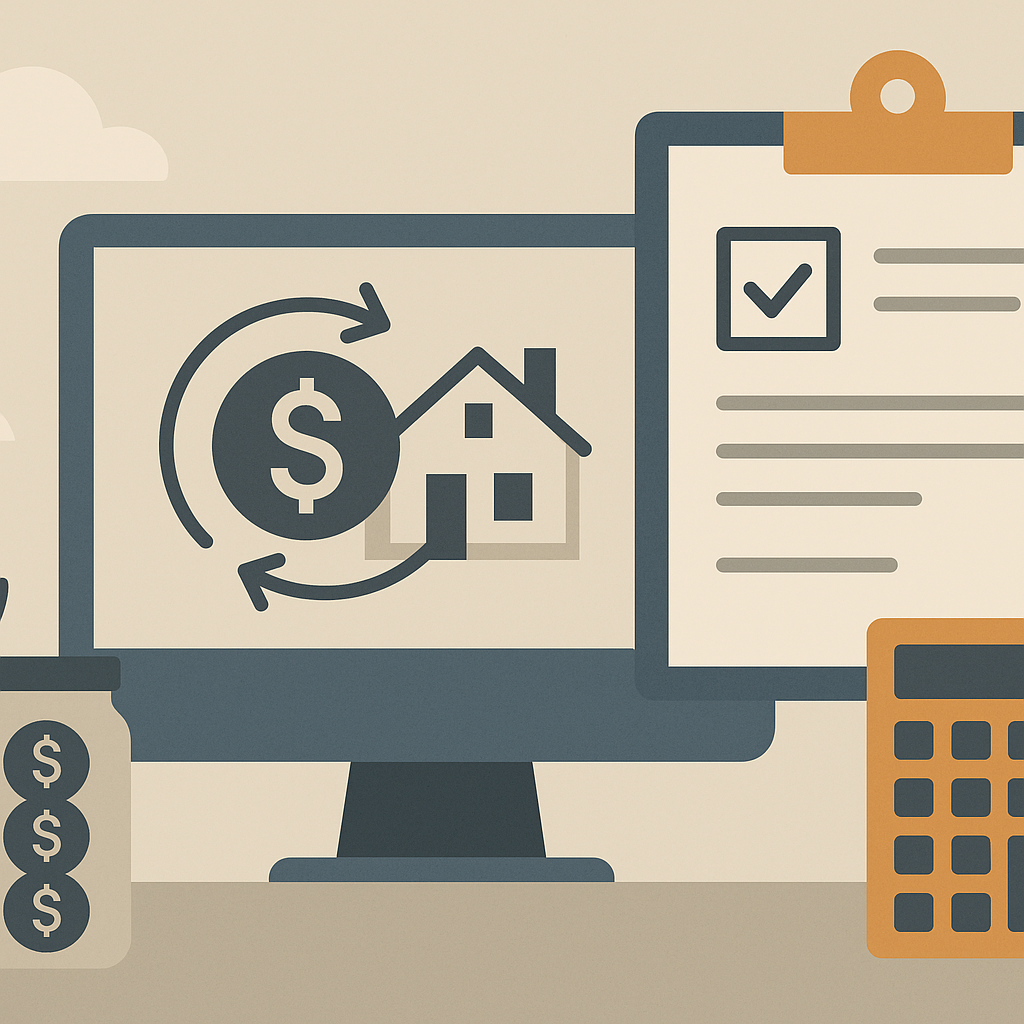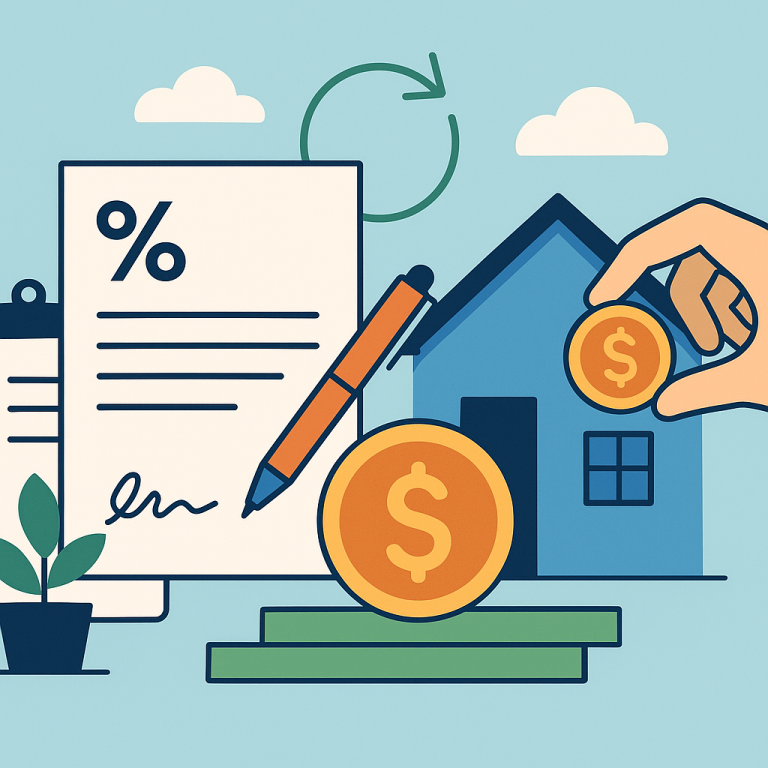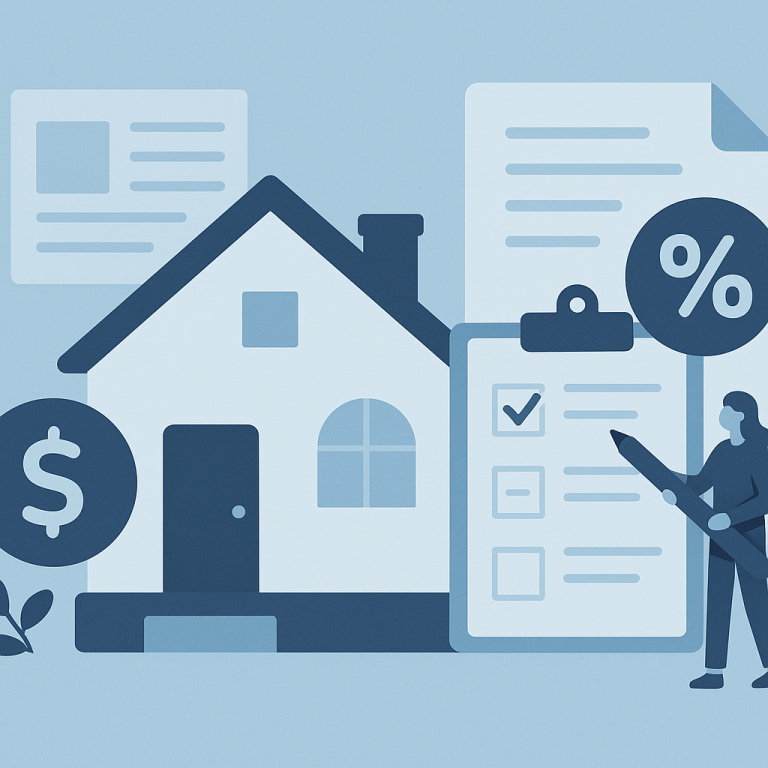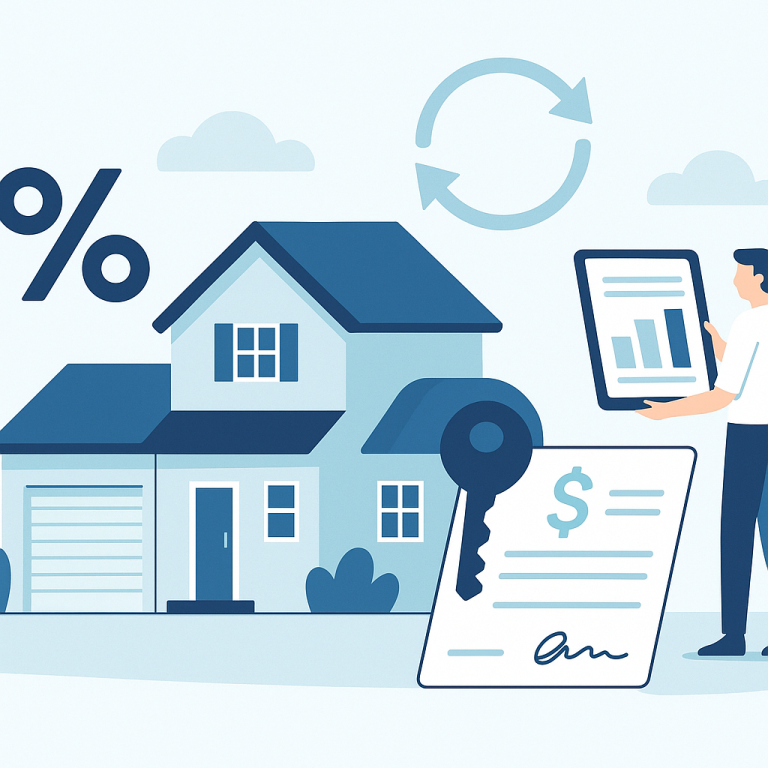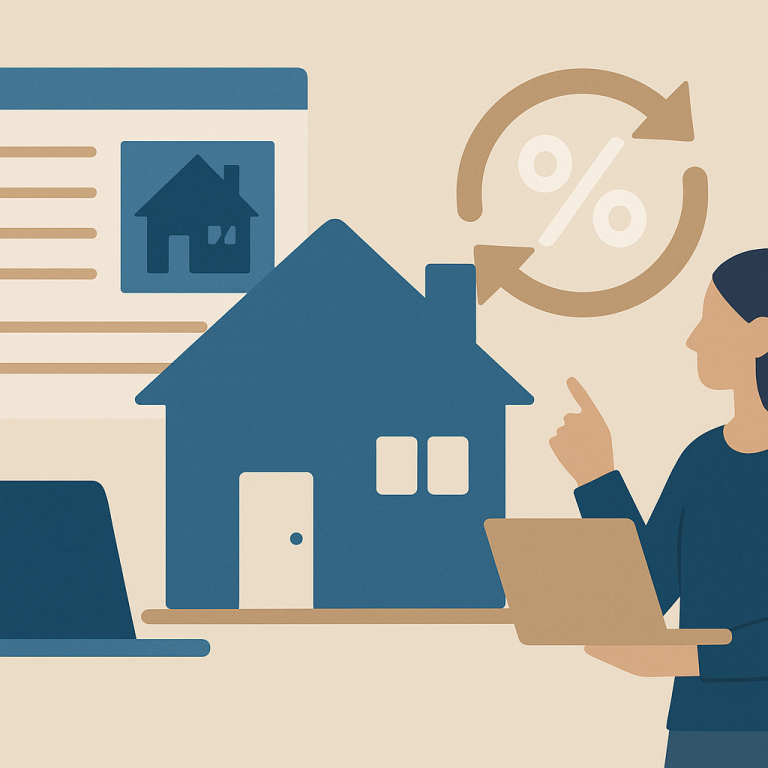30-Year Mortgage Rate Drops To 6.25%, Opening Refinance Opportunities
Refinance Activity Rises as Rates Stabilize; Homeowners Reassess Cash-Out Options
Mortgage refinancing activity has picked up as interest rates show signs of stabilizing after a period of volatility. The renewed attention is focused less on rate-and-term refinances that lower monthly payments and more on cash-out refinances that allow homeowners to tap built-up equity for renovation, debt consolidation, or other financial priorities. Industry observers say the current environment is prompting a more selective approach: homeowners are weighing closing costs, remaining loan duration, and personal liquidity needs before committing.
Market context and lender response
After months of fluctuating borrowing costs, lenders are quoting offers that appear more predictable, encouraging prospective borrowers to shop again. Mortgage originators report increased inquiries and applications from homeowners who missed earlier windows or who are motivated by non-rate reasons such as freeing cash or switching to a fixed schedule. At the same time, many borrowers who refinanced in the recent past still hold loans with attractive terms, which reduces the pool of borrowers for straightforward rate-and-term deals.
Which homeowners stand to benefit
The refinancing choices that make the most sense depend on a homeowner’s current mortgage rate, remaining loan term, equity position, and financial goals. Borrowers with older, higher-rate loans are more likely to realize meaningful savings from a rate-and-term refinance. Homeowners sitting on substantial built-up equity can consider cash-out options, particularly if the funds will be used for home improvements that increase property value or to consolidate higher-interest debt. Conversely, borrowers with relatively low current rates or limited equity may find that refinancing costs outweigh potential savings.
Important considerations before refinancing
Refinancing is a financial decision with several moving parts. Closing costs, changes in loan term, and the potential to reset amortization schedules can offset the benefits of a lower rate. Cash-out refinances increase loan balances and may affect monthly payments and loan-to-value ratios, which can influence mortgage insurance requirements and eligibility for future credit. Borrowers should also consider tax implications if funds are used for business purposes or investment.
Homeowner takeaways
- Shop multiple lenders: Compare interest rates, fees, and lender credits to understand the net benefit of any offer.
- Run a breakeven analysis: Calculate how long it will take for monthly savings to cover closing costs before committing.
- Match loan term to goals: Shortening the term can accelerate equity building but may raise payments; extending a term lowers payments but can increase total interest paid.
- Evaluate cash-out needs: Use cash-out proceeds for projects or debt that deliver a clear financial or quality-of-life payoff.
- Check eligibility factors: Credit score, debt-to-income ratio, and verifiable income affect rates and approval odds.
Next steps for borrowers
Homeowners considering refinancing should gather recent mortgage statements, an estimate of home value, and documentation of income and debts. Request written Loan Estimates from several lenders and review the annual percentage rate (APR) and total closing costs. If the numbers align with financial goals, proceed with an application and lock an interest rate once satisfied. If the projected benefits are marginal, maintaining the current mortgage while monitoring market movements may be prudent.
As market conditions continue to evolve, refinancing remains a strategic tool rather than an automatic solution. Thoughtful comparison and clear objectives can help homeowners determine whether refinancing advances their financial plans.
META: refinancing-article-stabilizing-rates-homeowner-takeaways
